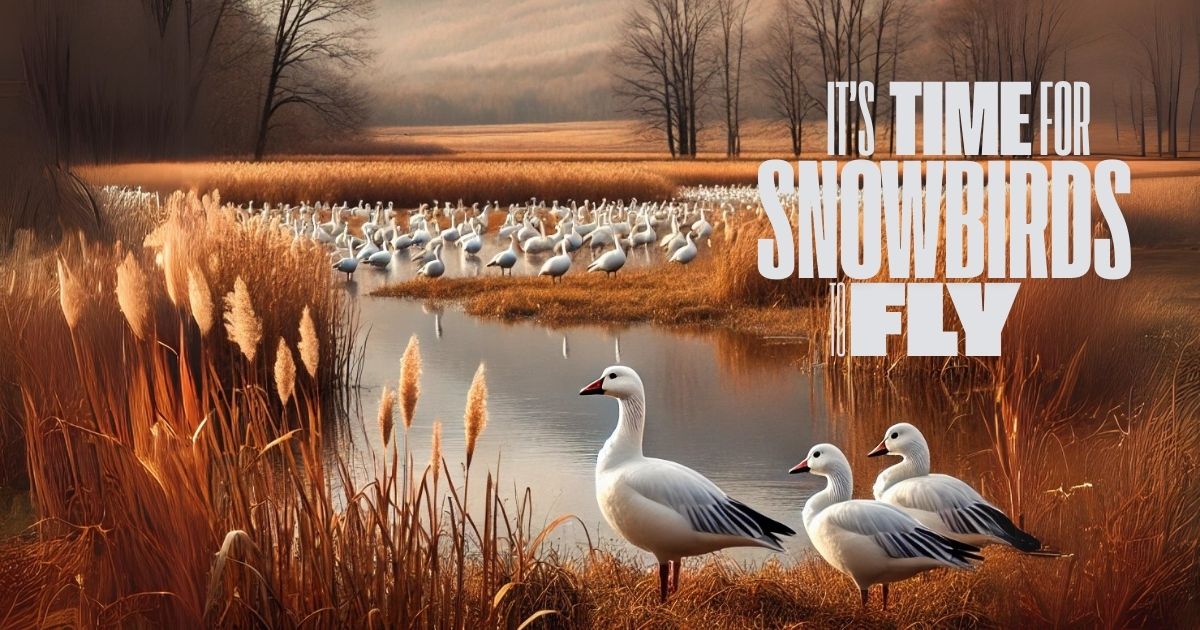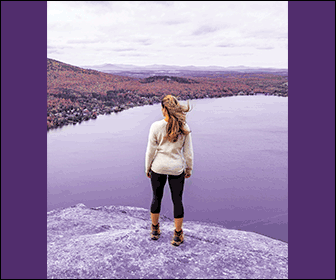-
November at Dead Creek: The Migration of Snow Geese
Each November, a breathtaking natural spectacle unfolds at Dead Creek in Addison, Vermont, as thousands of snow geese gather to rest and refuel on their long journey south. This gathering draws birdwatchers, photographers, and nature enthusiasts alike, eager to witness one of the region’s most awe-inspiring wildlife events. But snow geese aren’t the only ones making a move. Human “snowbirds” are also preparing to migrate—seeking refuge from Vermont’s icy winters in pursuit of warmer destinations.
The Snow Geese Migration at Dead Creek
Snow geese are an iconic sight in Vermont’s Champlain Valley during late fall. As temperatures drop, thousands of these striking white birds with black wingtips arrive at Dead Creek Wildlife Management Area, a critical stopover on their southward journey from northern Canada to warmer areas along the Atlantic coast, the southern United States, and even Mexico. Here, they rest and feed in the area’s grasslands and wetlands, building up energy reserves for the rest of their journey.
Can Birdwatchers Still Catch a Glimpse?
For birdwatchers, November is one of the best times to visit Dead Creek to see these snow geese in action. Despite the chill, the snow geese typically linger until late November or early December, depending on the weather. Early mornings and late afternoons offer the best viewing times as large flocks take flight, creating stunning visuals against the backdrop of Vermont’s golden-brown fields and frosty November skies.The Vermont Fish & Wildlife Department welcomes visitors to designated observation areas at Dead Creek, offering opportunities to view these migratory birds without disturbing them. However, the exact timing of the migration is a delicate balance—snow geese respond to weather patterns, moving south when food is scarce or cold temperatures make the area inhospitable.
What's Trending
Learn to create professional videos and have fun in the process of creating videos.
Video Review And Collaboration.








